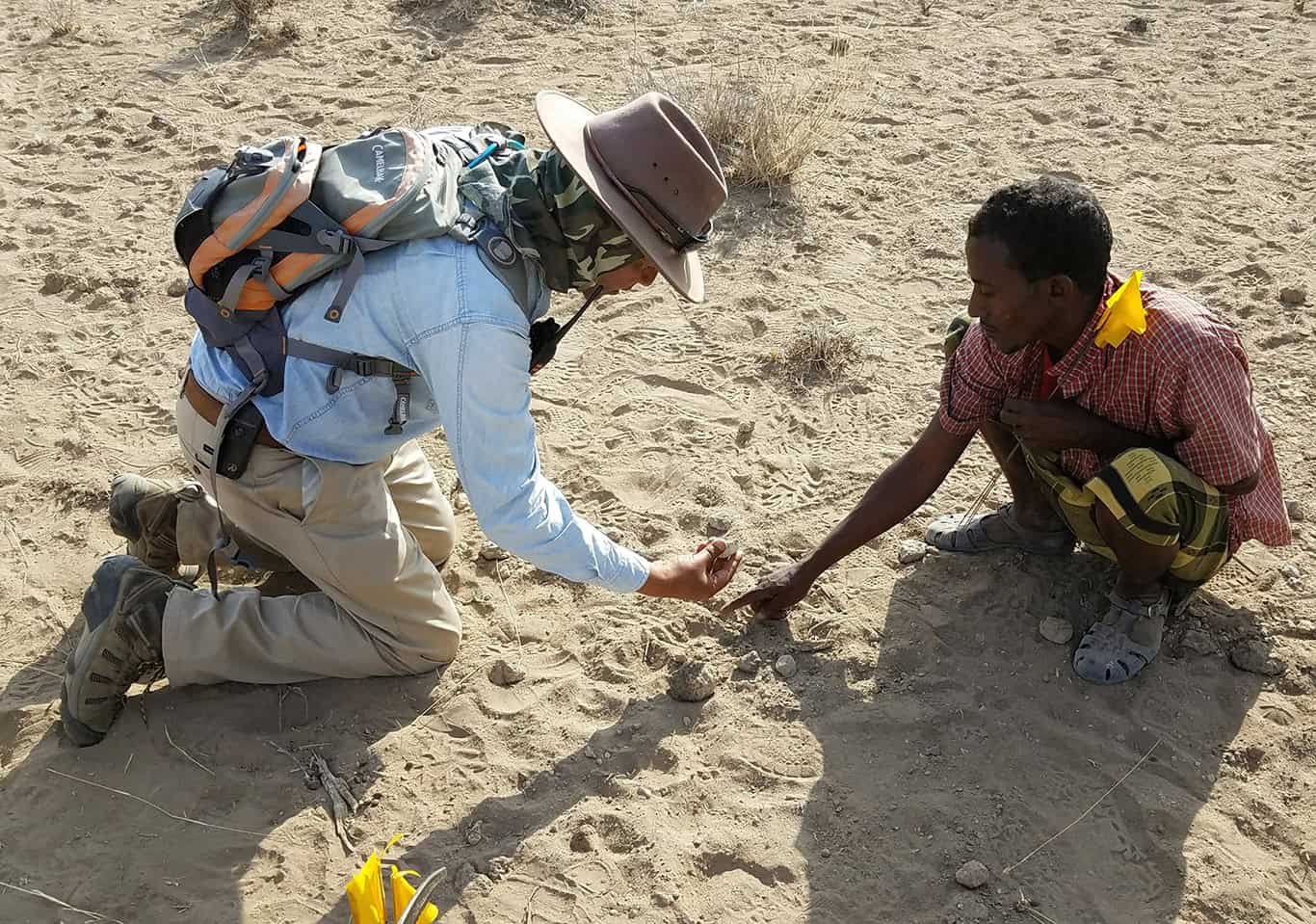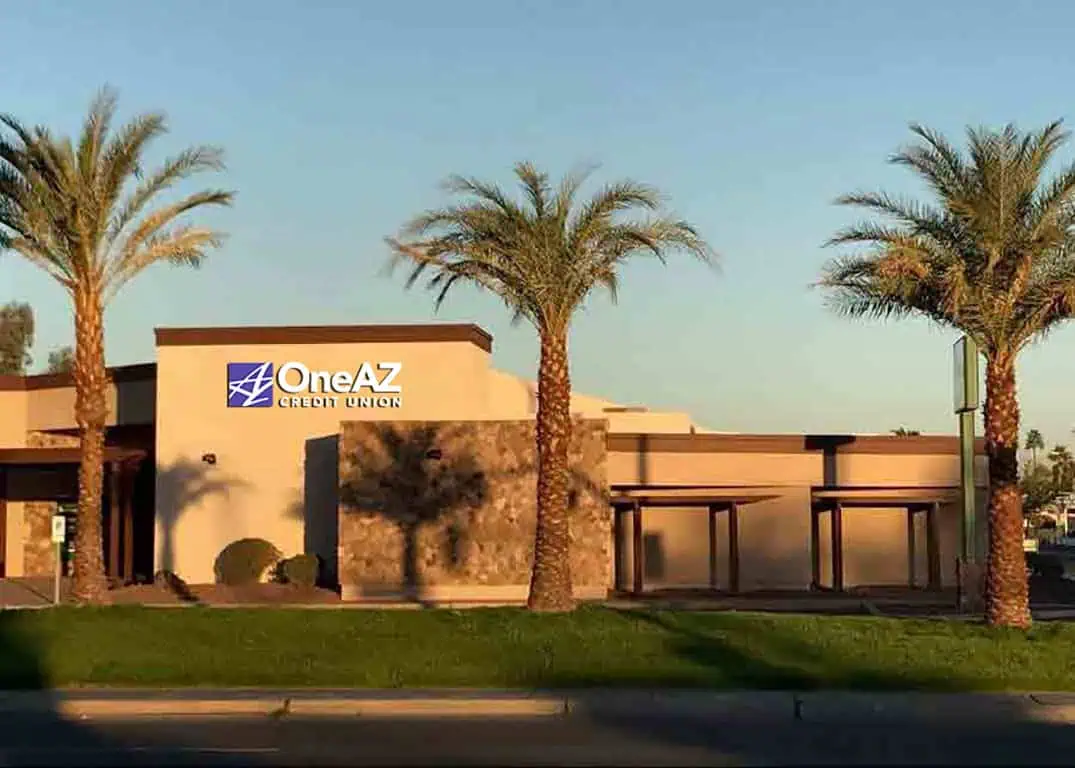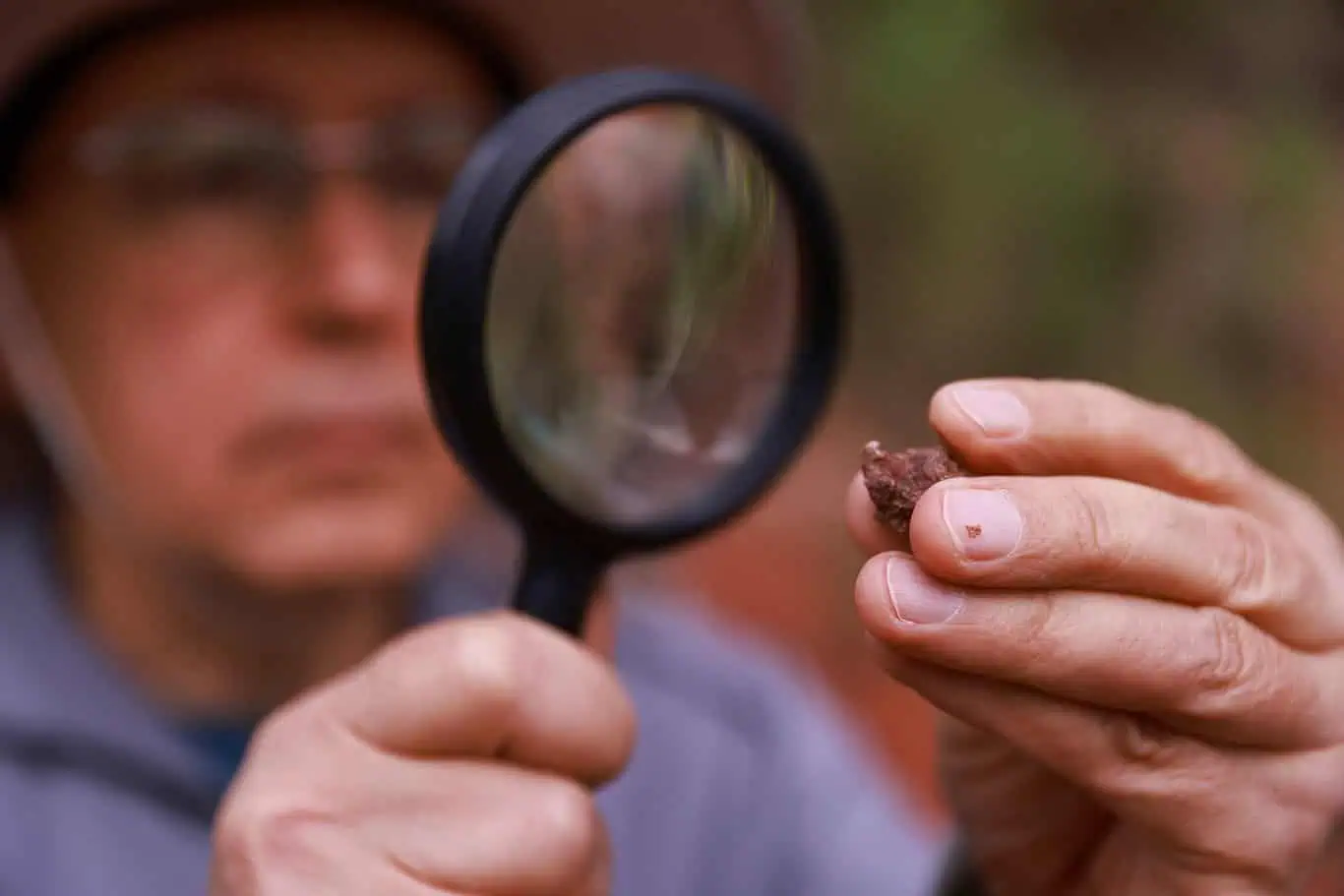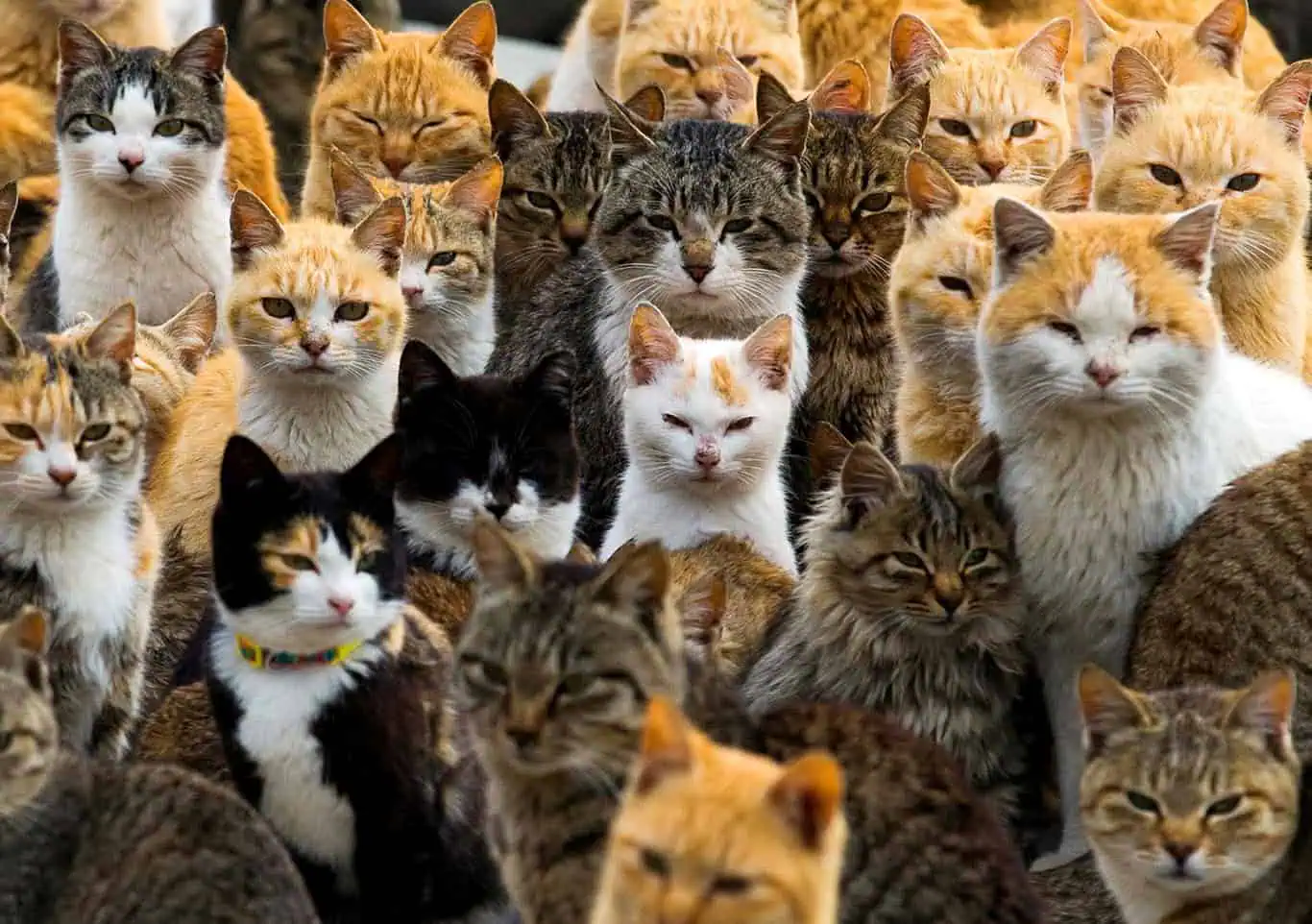
Sce:dagi Mu:val Vaaki in Mesa offers reflection of cultural heritage
Staff Reports | Digital Free Press
Mesa officials announced the official renaming of Mesa Grande Cultural Park to reflect the region’s rich cultural heritage and profound connection to the O’odham (AWE-thumb) and Piipaash (Pee-PAHSH) peoples and their ancestors.
The name given to the site is Sce:dagi Mu:val Vaaki. In the Oodham language, it means Blue Flys place of dwelling or Blue Flys house.
Sce:dagi Mu:val Vaaki, pronounced CHUH-dag MOO-vahl VAH-kee, comes from a series of songs originating at the Salt River Pima-Maricopa Indian Community, located only about one mile from the ancestral site.
The renaming ceremony at Sce:dagi Mu:val Vaaki, located at 1000 N. Date, honored the ancestral lands of the Native communities who have inhabited this landscape for generations, demonstrating the city’s ongoing commitment to acknowledging and preserving the historical and cultural link that exists between the Oodham, the Piipaash and Mesas cultural heritage, according to city officials.
The ancestors of the modern Oodham built Sce:dagi Mu:val Vaaki near the headgates of one of the largest and most sophisticated networks of irrigation canals created in the Americas.
Sce:dagi Mu:val Vaaki featured a large platform mound (vaaki) that served as a civic and gathering center where administrative and religious activities were performed. It is estimated that the site controlled over 27,000 acres of highly productive farmland supporting a large community.
“The lands that comprise present-day Mesa are culturally affiliated with the O’odham, Piipaash and their ancestors, who have lived on and stewarded this land from time immemorial,” said Mayor John Giles, in a prepared statement. “This renaming pays tribute to their enduring legacy and the sacred significance of these lands to the O’odham and Piipaash way of life.”
The city has long partnered with Indigenous communities, including the Salt River Pima-Maricopa Indian Community (SRPMIC) and the Gila River Indian Community (GRIC), to preserve and steward important cultural sites within the region. This renaming is a testament to these collaborative efforts and the deep connections the O’odham and the Piipaash maintain with the landscape.
SRPMIC has awarded the Arizona Museum of Natural History (AZMNH) a $200,000 grant to develop new signage, interpretive labels and an educational curriculum related to Sce:dagi Mu:val Vaaki.
City officials acknowledge that it gathers on the homeland of Native peoples and their ancestors, whose cultural values are deeply embedded in this landscape.
Sce:dagi Mu:val Vaaki will open to the public for the season on Saturday, Nov. 9, and will be open until mid-April on Saturdays from 10 a.m. to 4 p.m. and Sundays from 12 p.m. to 4 p.m.




























